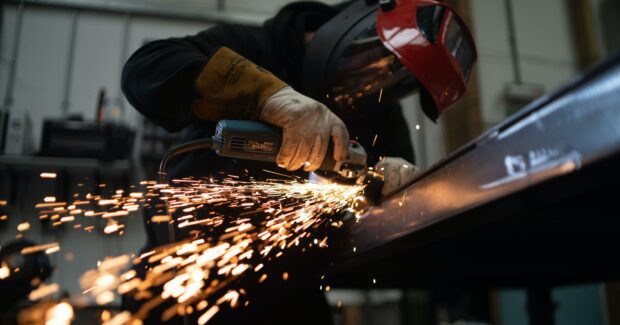Reduce the Risk of Slip, Trip and Fall Accidents During Winter
Software tools put preventative measures in place to minimize the risk of incidents and injuries, health conditions and operational losses, notes Evotix.
Posted: January 2, 2023
Making sure your workplace is equipped with proper safety measures is an essential part of creating a high-functioning work environment. As the seasons change, and winter brings additional hazards such as slippery surfaces, strong winds and cold, it’s important to consider how health and safety measures may vary. In fact, according to OSHA, slips and falls contribute to 20% of workplace injuries, resulting in billions in insurance claims and liability lawsuits. For manufacturing sites, whether it be packaging, utility or warehouses, this is the time to identify what can be done to improve workplace safety. Here is Evotix’s advice on how to reduce the risk of slip, trip and fall accidents in manufacturing workplaces during the winter.
Carry out risk assessments
While most manufacturers are required to conduct risk assessments before beginning production, it’s wise to conduct an additional one during the winter. Risk assessments allow employers to check the safety of the areas employees are working in – and mitigate as much risk as possible.
In doing so, manufacturers can spot potential hazards, assess the risk of them causing an accident, and take action to prevent them. It’s worthwhile looking at risks both inside and outside your business. For example, wet and icy weather conditions can cause hazards in the company parking lot and pavements or pathways.
In these examples, you can grit or salt the entry ways or parking lots, or place warning cones in dangerous areas. Inside your business, issues such as darker warehouses or a cold environment may contribute to unsafe conditions for your employees. To combat this, solutions could include replacing lighting and buying mobile heaters.
Provide regular training to employees
Regular training is an integral part of maintaining a safe workspace. Therefore, it’s crucial workers are regularly updated through new and relevant training programs. This could be in the form of a workshop, toolbox talk or an online-training program – whatever way is the easiest, most accessible and helpful to your employees.
As winter approaches, do a walk-through of site areas, especially with new employees, to familiarize them with workspaces and point out where potential slip, trip and fall hazards may be. From there, clearly communicate what these hazards are and the proper way to manage the equipment and keep others safe.
Utilize health and safety tools
To manage the health and safety of your workers, it’s vital to have effective health and safety management tools in place to operate your facility. Using manufacturing health and safety software or construction EHS software (depending on the type of organization you are running) can be extremely helpful.
These tools put preventative measures in place to minimize the risk of incidents and injuries, health conditions and operational losses. They can also help create and submit reports to regulators including HSE.
Provide PPE to your workers
Operating machinery or equipment can come with a variety of health and safety concerns, particularly during the winter months when temperatures drop and days get shorter. To combat this, make sure you are increasing visibility in your facility. This can be done by providing staff with flashlights and making sure they have optimal lighting to conduct tasks beyond sunset.
Additionally, providing workers with PPE can protect them as the weather gets harsher, reducing the risk of injury or hypothermia. Consider adding wind-proof clothing, as well as fleece, gloves and hats, and advise your staff to dress accordingly and appropriately for the conditions.
Subscribe to learn the latest in manufacturing.















